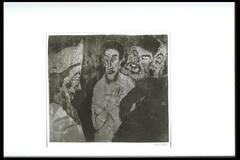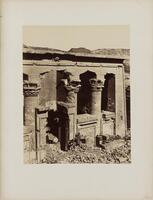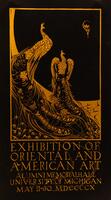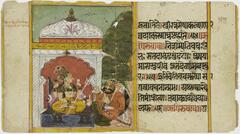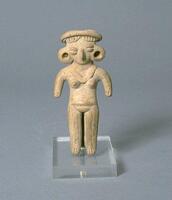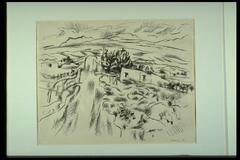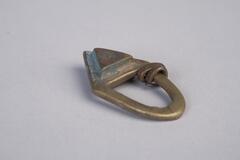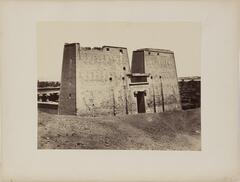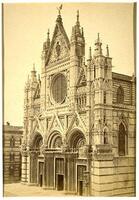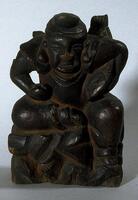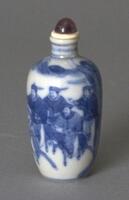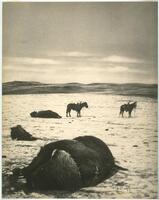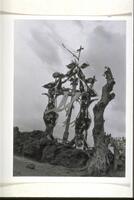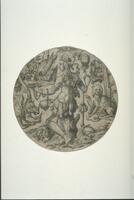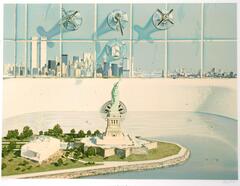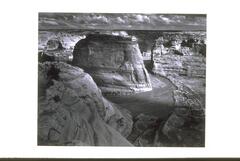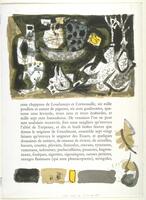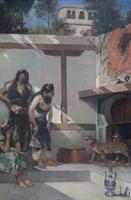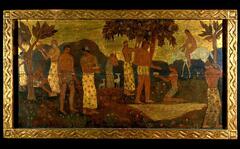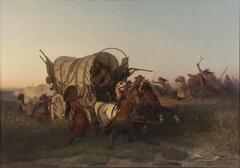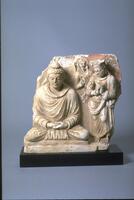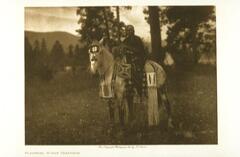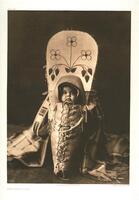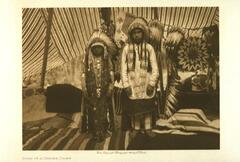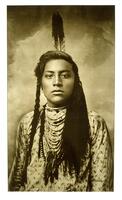Art for Postcolonial Critique
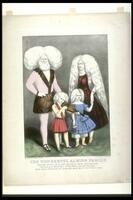
Currier & Ives
The Wonderful Albino Family./Rudolph Lucasie, Wife and Children, from Madagascar./They have pure White Skin, Silken White Hair and Pink Eyes!!/Have been exhibited at Barnum's Museum, N.Y. for Three Years.
color lithograph on paper
12 ½ in x 8 ⅞ in (31.75 cm x 22.54 cm);17 ⅝ in x 13 11/16 in (44.77 cm x 34.77 cm);18 1/16 in x 22 1/16 in (45.88 cm x 56.04 cm)
Gift of Mr. and Mrs. Colton Storm
The Wonderful Albino Family./Rudolph Lucasie, Wife and Children, from Madagascar./They have pure White Skin, Silken White Hair and Pink Eyes!!/Have been exhibited at Barnum's Museum, N.Y. for Three Years.
color lithograph on paper
12 ½ in x 8 ⅞ in (31.75 cm x 22.54 cm);17 ⅝ in x 13 11/16 in (44.77 cm x 34.77 cm);18 1/16 in x 22 1/16 in (45.88 cm x 56.04 cm)
Gift of Mr. and Mrs. Colton Storm
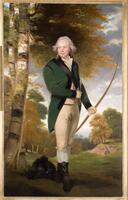
John Hoppner
Sir Foster Cunliffe, 3rd Bt. of Acton Park, Wrexham, Denbighshire
oil on canvas
105 1/2 in x 69 1/2 in x 5 in (267.97 cm x 176.53 cm x 12.7 cm);105 1/2 in x 69 1/2 in x 5 in (267.97 cm x 176.53 cm x 12.7 cm);94 in x 58 1/2 in (238.76 cm x 148.59 cm)
Museum purchase made possible by the Margaret Watson Parker Art Collection Fund
Sir Foster Cunliffe, 3rd Bt. of Acton Park, Wrexham, Denbighshire
oil on canvas
105 1/2 in x 69 1/2 in x 5 in (267.97 cm x 176.53 cm x 12.7 cm);105 1/2 in x 69 1/2 in x 5 in (267.97 cm x 176.53 cm x 12.7 cm);94 in x 58 1/2 in (238.76 cm x 148.59 cm)
Museum purchase made possible by the Margaret Watson Parker Art Collection Fund
6 Links
Tags
ColonialismComparative
Cultural appropriation
Empires
Gender
Identity
Ideology
Imperialism
Nation and nationalism
Postcolonial theory
Race and ethnicity
Social class
Social inclusion and exclusion
Rate this Resource
AVG: 0 | Ratings: 0
& Author Notes
Creative Commons by-nc-sa (University of Michigan Museum of Art)Last Updated
January 5, 2021 4:28 p.m.Report
Reporting Policy
